Recipes That Make It Easy to Use All the Lemons This Winter
Put the peels to good use too
After some serious pruning in the fall, my revived lemon tree has produced much more fruit this winter than last. So I need a plan for dozens and dozens of lemons—and their peels.
5 recipes for lemons
1. Preserved lemons
If you can find preserved lemons in a grocery store, they will cost you a small fortune. Although they are worth the price, if you have a clean empty jar, some salt, a bunch of lemons and patience—these sit for a month or so—you can easily make them yourself. I use about 10 lemons for one 1-liter jar—six to preserve and four for additional juice to cover them.
Once your lemons are ready:
Add preserved lemon pulp, brine and rind to cultured cashew cheese.
Stir the liquid gold into olive oil for salad dressing.
Toss together a grain bowl.
Add to dips and sauces such as hummus, pesto, salsa and even guacamole.
Whir up a tapenade-like dip or another dish calling for lots of olives.
Stir into dal or soup for added flavor.
Keep in mind that the intense flavor goes a long way! You don’t need much lemon rind or juice.
My cookbook includes a couple of recipes that explicitly call for preserved lemons—Preserved Lemon Hummus and Farro and Kale Salad with Preserved Lemons and Dried Apricots—and other recipes that taste delicious with a preserved lemon garnish such as the Cauliflower and Potato Dal served with dosas. You could add a bit of preserved lemon brine to the Lebanese Tabbouleh recipe also. Once you start improvising with preserved lemons—the brine, pulp and rinds—they will become a favorite, magical, can’t-live-without-them kitchen staple.
Go here for the preserved lemons recipe.
2. Lemon sorbet
Back when I wrote the recipe for this sorbet, I didn’t own an ice cream maker. Since then, I’ve found one—like new—on the side of the road! If you don’t own one and don’t find one out on the street, beckoning, prep the sorbet, pour it into a dish, put that dish in the freezer and pull it out every half hour to an hour to whisk until the mixture freezes.
Go here for the lemon sorbet recipe.
3. Lemon extract
Don’t want to see lemon season end? Make lemon extract to infuse lemony goodness into cakes, muffins, cookies, pancakes and more.
If you do make the preserved lemons, you will have lots of lemon peels left over from squeezing the juice necessary to cover the lemons in your jar. This extract—made like vanilla extract but with lemons—will use up some of those peels. Keep in mind that lemons zest more easily before you juice them.
Go here for the lemon extract recipe.
4. Lemon curd
Eat lemon curd in the same way as jam—spread it on and enjoy. It tastes sweet, intensely lemony and has a velvety smooth, custard-like texture. It’s dangerously delicious and incredibly (and dangerously) easy to make.
Whisk together lemon juice, zest, sugar and eggs in a small pot without heat. Add butter, turn heat to medium-low, stir constantly until it thickens and then chill.
Go here for the lemon curd recipe.
5. Naturally carbonated lemonade
This lemony, slightly spicy and not-too-sweet lemonade gets its natural carbonation from a ginger bug starter. So before you make the lemonade, you first need to make a ginger bug from organic ginger, sugar and water, and nurture it for about five days. At that time, the ginger bug will smell yeasty, you’ll detect white yeast on the bottom of the jar and the bug will have transformed from sweet to slightly sour. Once you have established your ginger bug, keep it fed and you can use it whenever you want to brew a drink.
To make the lemonade, make a simple syrup (sugar and water), let it cool, add lemon juice and liquid from the ginger bug, bottle the drink and wait. The bacteria and yeast in the ginger bug consume the sugar in the lemonade and excrete carbon dioxide, making your drink very bubbly.
Go here for the carbonated lemonade recipe.
10 uses for lemon peels
When I eat lemon or any kind of fruit peel, I choose organic and unwaxed. If you can’t find this in a grocery store but you live in a citrus-growing region, check the farmers’ market or look for free lemons and other fruit on the map at Falling Fruit.
1. Candy the peels
With a vegetable peeler, remove the lemon peel only—not the pith—from 4 to 6 lemons. Simmer in water for about 25 minutes. Drain. Boil 1/2 cup water and add 1/4 sugar until it dissolves. Add peels, return to boil. Reduce heat and simmer 15 minutes. Let dry on wire rack. Read the full post here on candying peels.
2. Make limoncello
This is one of those recipes that, after you make it, you say, “That’s all you do?!” With a vegetable peeler, remove just the lemon peel, not the pith. Let the peels steep in vodka or Everclear for at least four days or up to a month. Strain and add the lemon-infused vodka to a simple syrup of water and sugar. Go here for the full recipe.
3. Freeze lemon zest to bake with later
Before juicing a lemon (or a lime or before eating an orange), quickly zest it and tuck that zest away in the freezer. When lemons are not longer in season, you’ll have this secret ingredient on hand for adding to cookie dough and cake batter or sprinkling onto salads, fresh fruit, oatmeal and so on. Freeze in small amounts either in tiny jars or packed in an ice-cube tray.
4. Make lemon salt
Or don’t freeze all that zest and turn some of it into citrus salt. Rub together 1 part salt to 1 part lemon zest with your fingers. This will break up the clumps of zest. Store in a jar. Mix the zest with an equal amount of coarse sea salt and use your concoction for seasoning vegetables, pasta, rice, risotto, soup and more. Go here for more information.
5. Add to roasted dishes
To impart a citrus flavor, toss a few large lemon peels in with roasted vegetables. (Oranges also work.)
6. Flavor kombucha or ginger beer
A small amount of lemon zest adds delicoius lemony flavor to kombucha or ginger beer. Add it to either one just as you bottle your drink. (Go here for the kombucha recipe and here for the ginger beer recipe.)
7. Clean your home
Citrus peels contain d-Limonene, a natural compound that breaks down oil and grease. In a sealed jar, submerge orange peels in white vinegar for at least two weeks. Strain and use your cleaner around your home, either full-strength or diluted with water.
8. Make scouring powder
With a handful of simple ingredients, make scouring powder that smells amazing: baking soda, salt, washing soda (sodium carbonate) and citrus zest. Except for the washing soda, we eat all this stuff. And the washing soda earns an A+ from the Environmental Working Group’s Guide to Healthy Cleaning.
Look for washing soda in the laundry aisle of grocery stores. If you live near a refillery or very good bulk store, it may carry it. If you can’t find it, the baking soda–salt–citrus combo should still work quite well. You can also transform easy-to-find baking soda into harder-to-find washing soda by baking it.
9. Repel garden pests
D-Limonene also kills ants and aphids. Place lemon (or orange) peels around plants affected by aphids or tear pieces of peels and hang them on stems near affected areas. This winter, I’m stockpiling peels in the freezer to combat pests in the garden this spring and summer if necessary.
10. Toss on compost
Like other fruit and vegetable scraps, lemons peels generate planet-heating methane gas in a landfill. In a compost bin, however, they break down into finished compost and can sequester carbon while adding nitrogen to the soil. All for free. Cut them into small pieces to degrade faster, if desired.
Occasionally someone will ask me on social media if citrus peels can go in a compost pile. They absolutely can. I think the confusion over composting citrus peels stems from issues with worm bins.
Worms don’t like citrus peels and will avoid them. So if you put a pile of them in an indoor bin with a pile of worms, the worms won’t eat them and the peels will sit in there for a long time. In my outdoor compost bin, citrus peels always break down—and quickly. In addition to worms, my compost bin houses hungry beetles, centipedes, pillbugs, ants and so on. Between all of those and the worms, everything in the pile decomposes beautifully. (Go here for more on composting.)


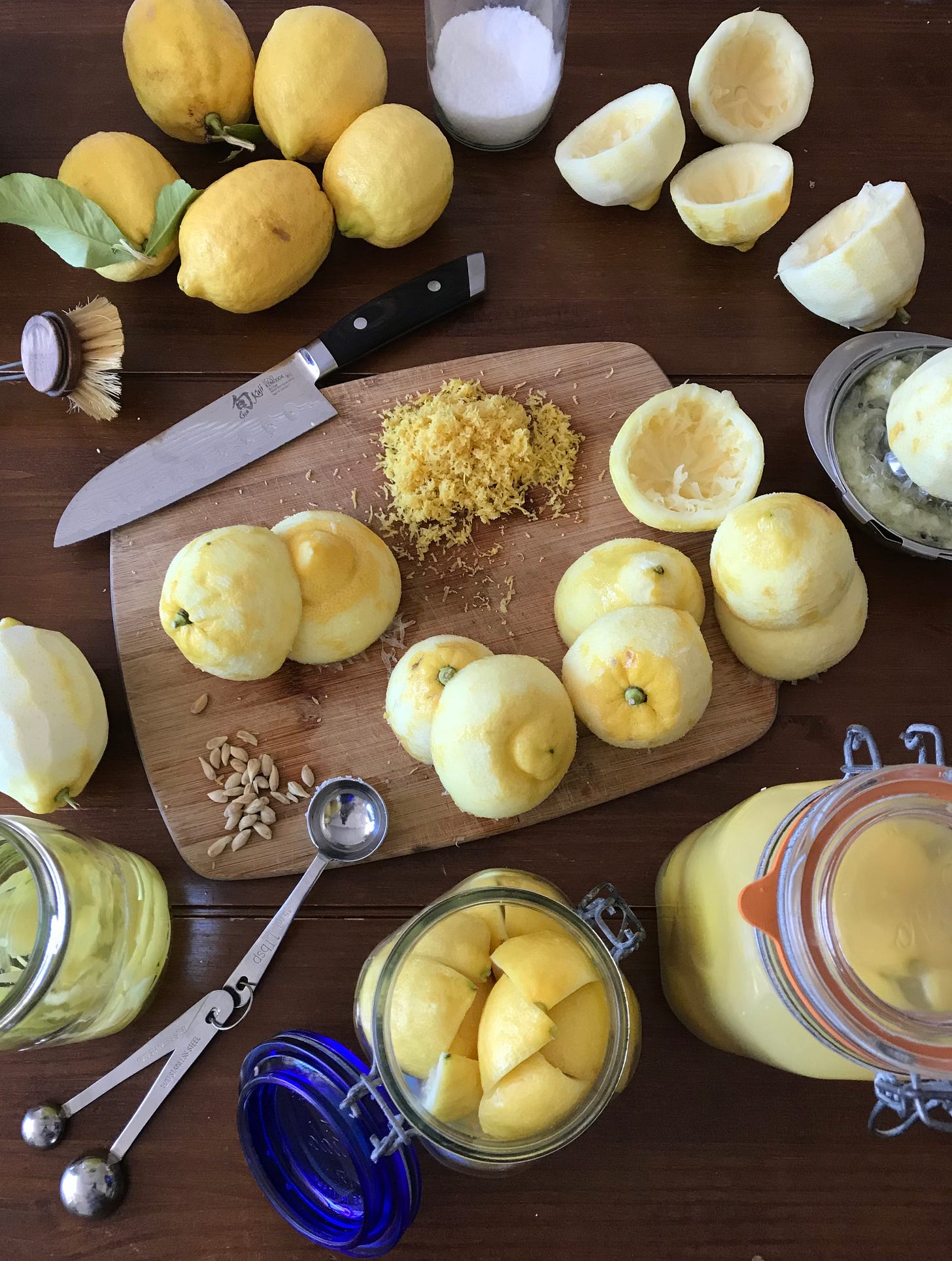
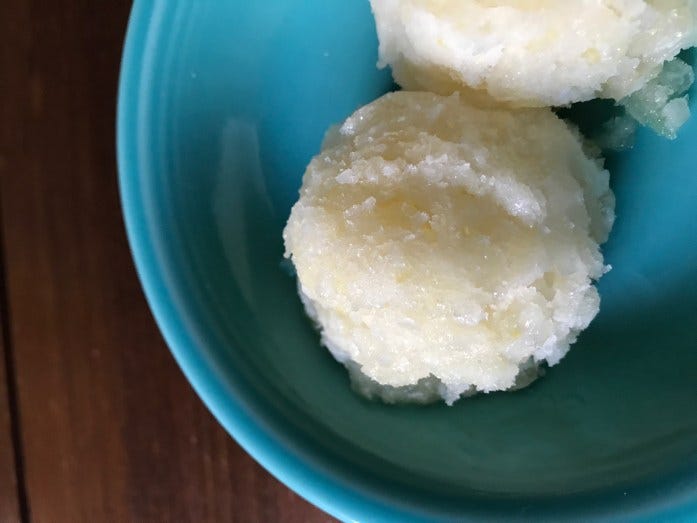
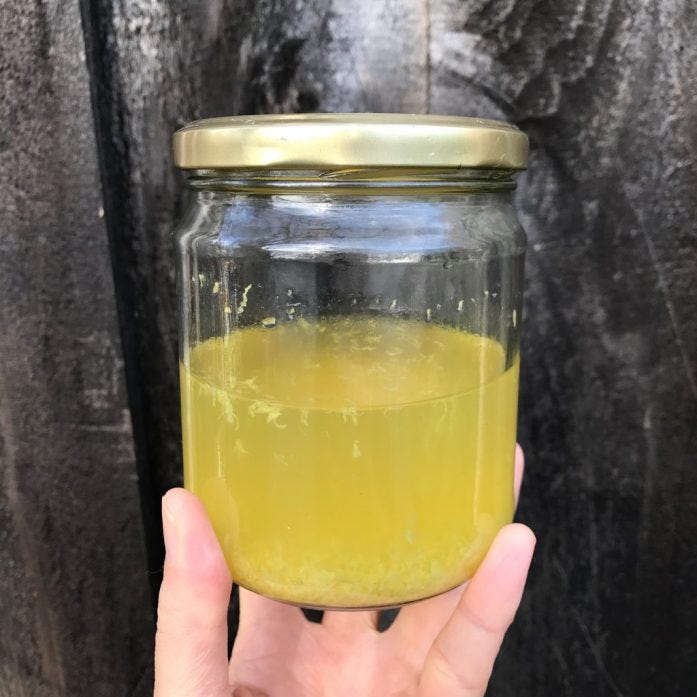
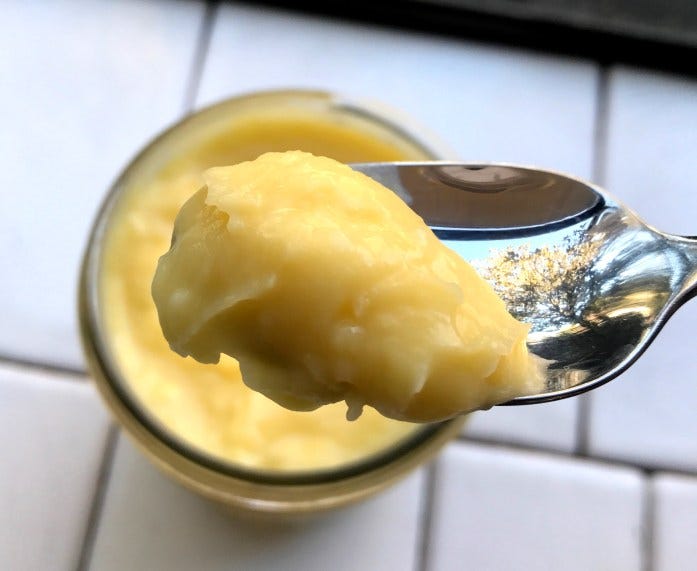
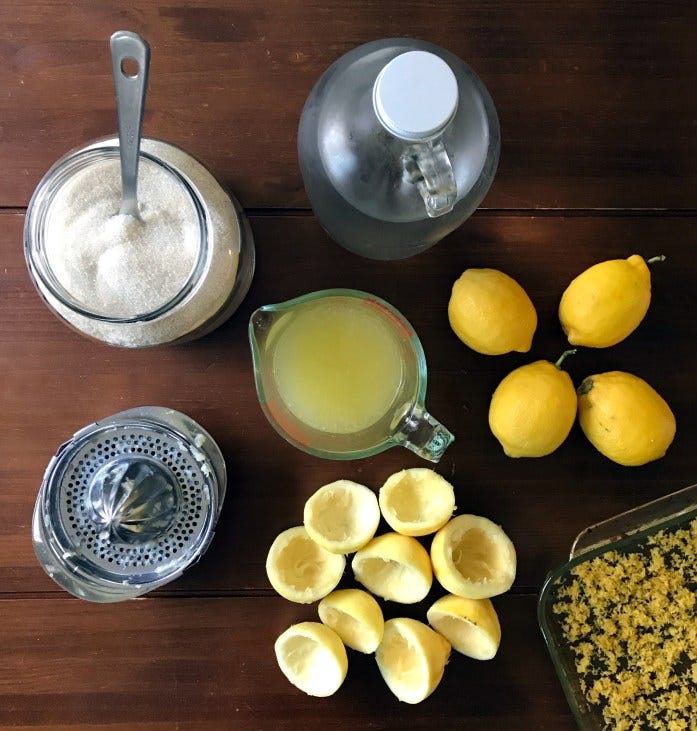
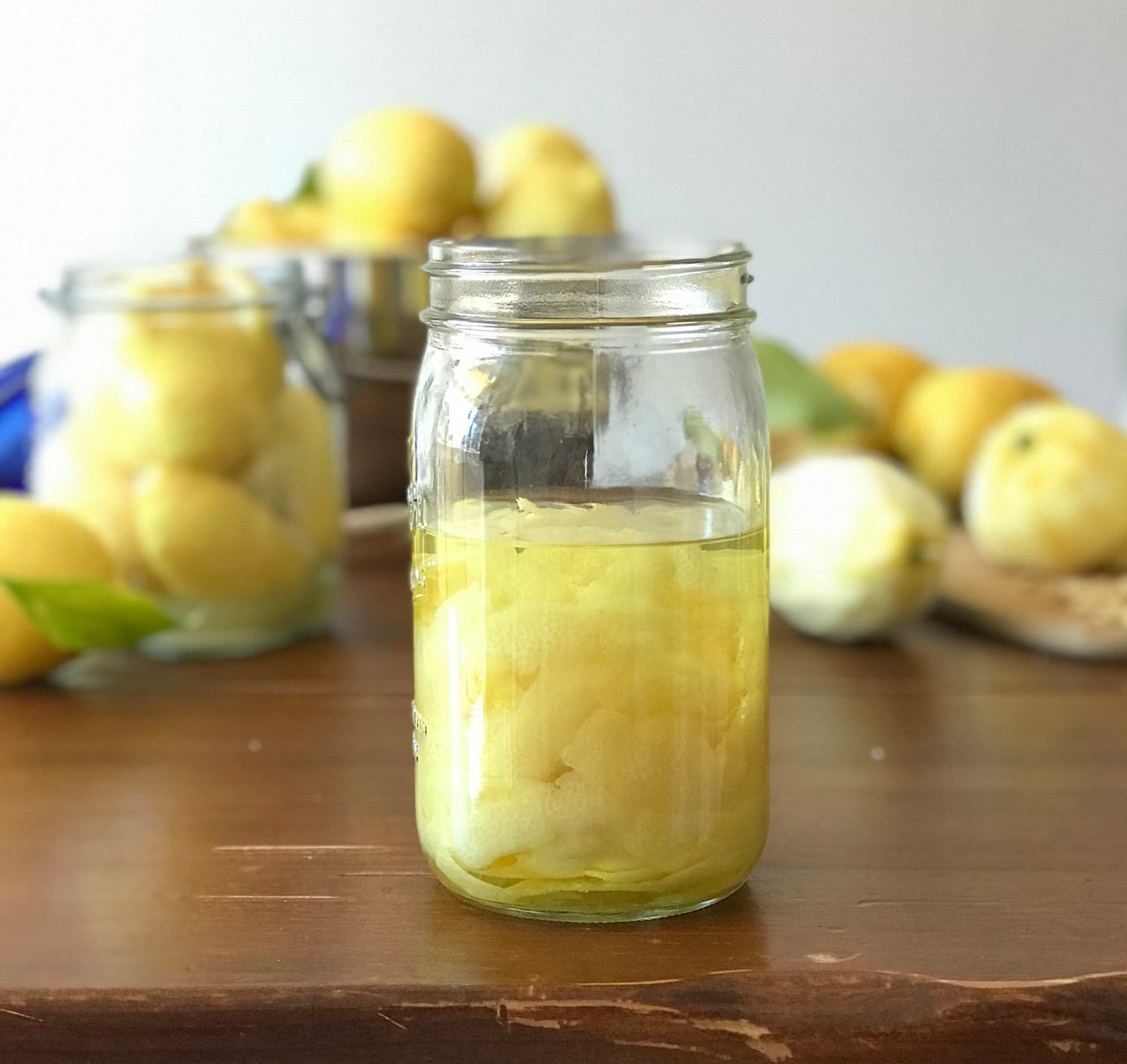

Great article! Inspiring! Question: the zest is so small and fine, do you just put in a small jar in freezer and then scrape out frozen zest?
Great article!
Love lemons!
Do you know anything about the Kitchener composter Lomi?